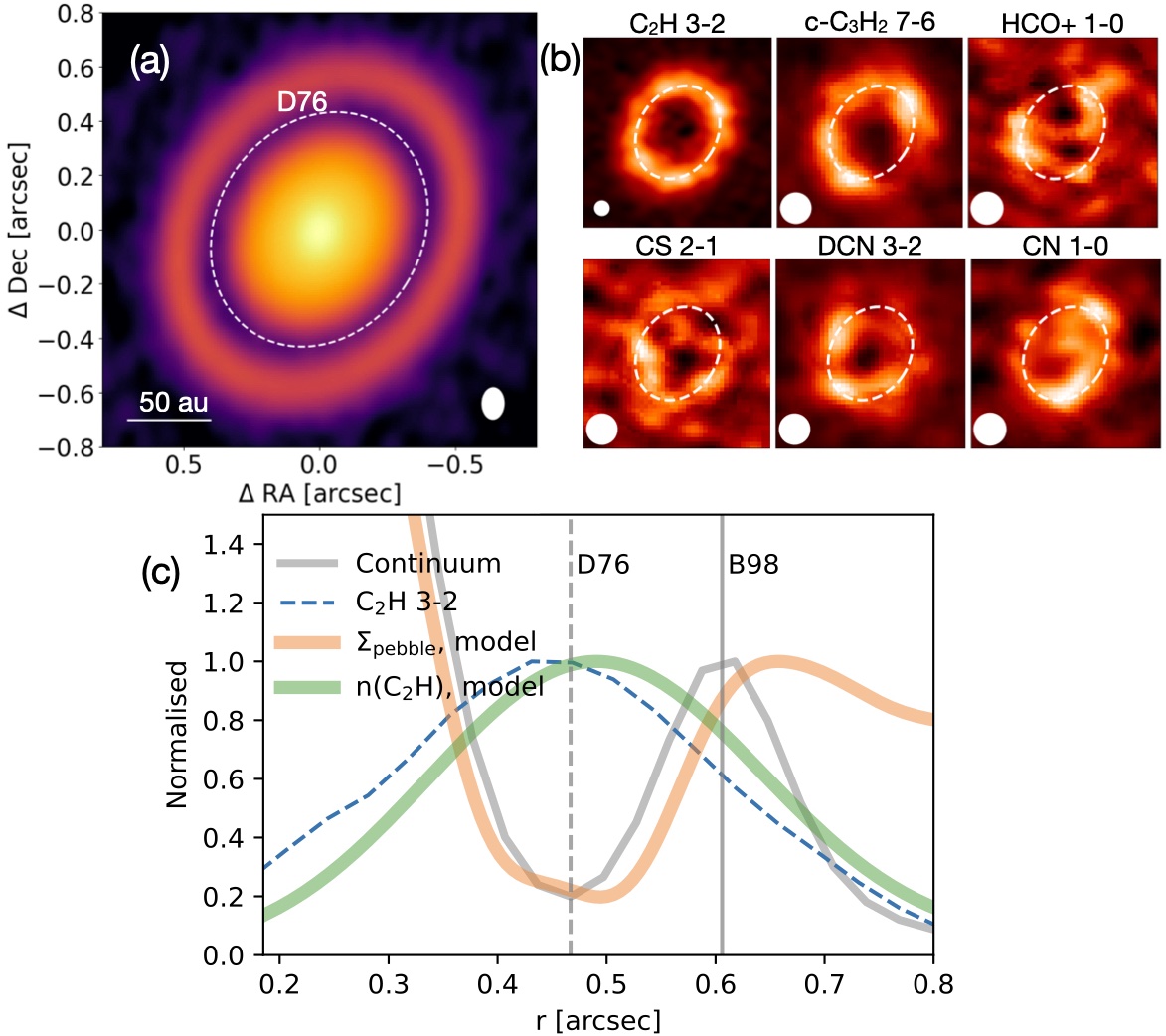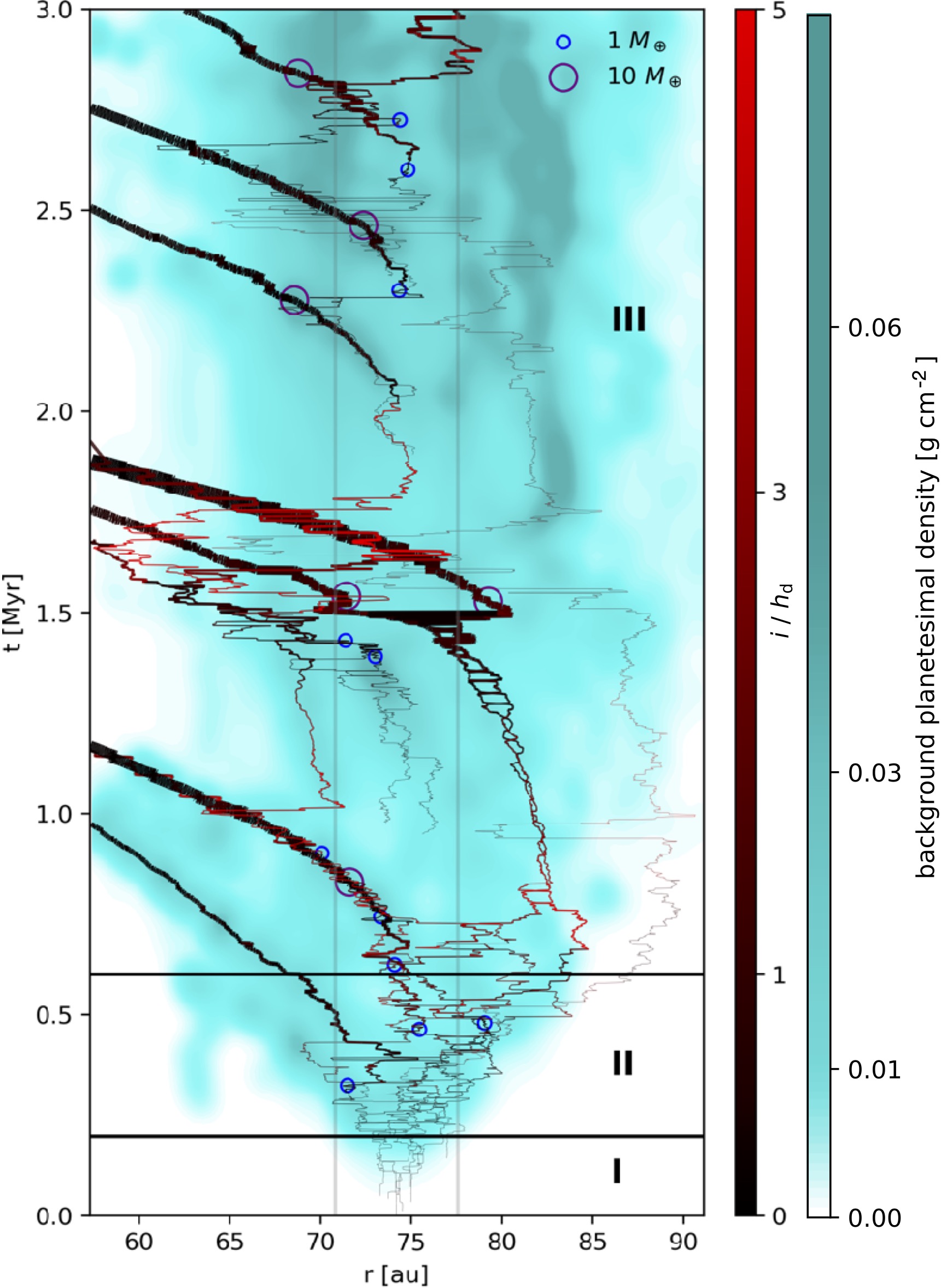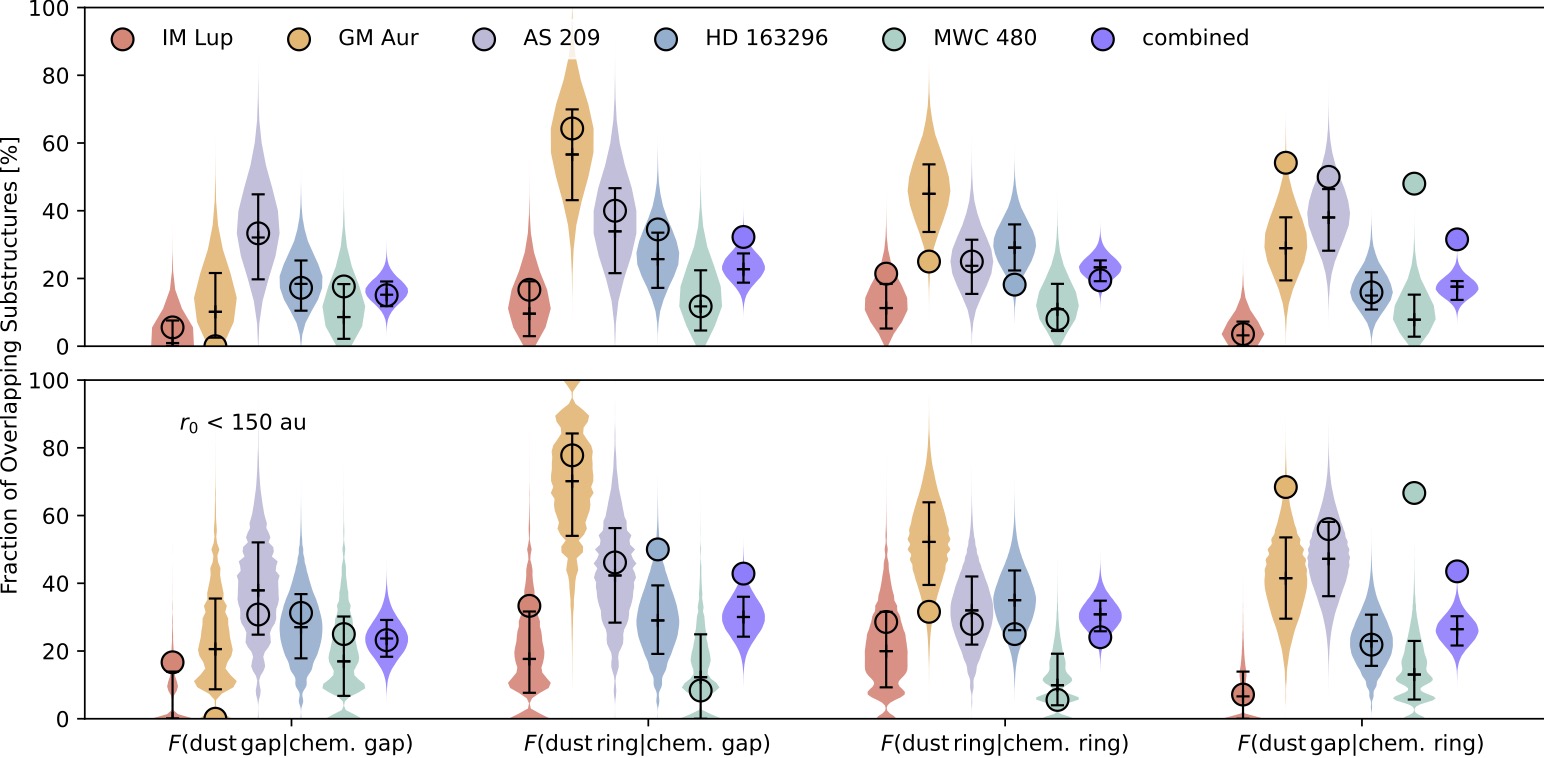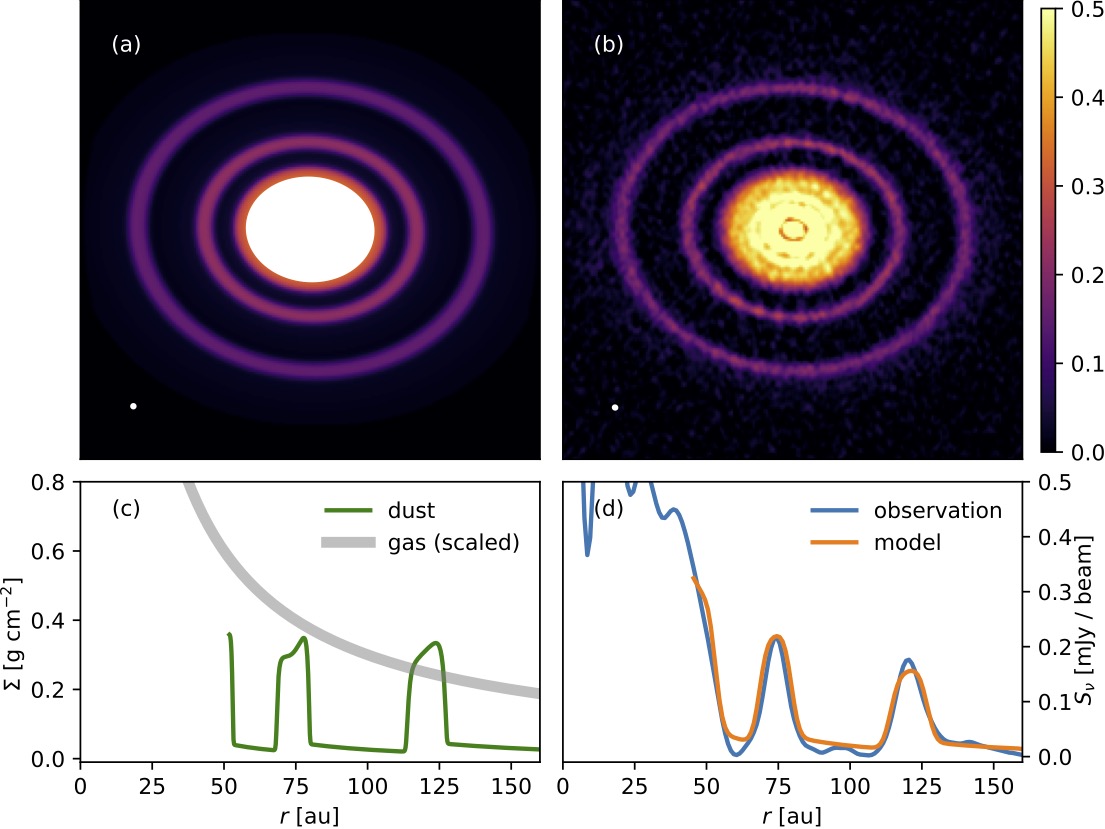Hi there!
I am a PSF postdoctoral fellow at Max Planck Institute for Astronomy (MPIA) hosted by Myriam Benisty since July 2024. Before Heidelberg, I was a graduate student at Tsinghua University, advised by Chris Ormel from 2019 to 2024. During this, I also spent 1.5 years at the ESO Garching headquarters with an ESO Studentship, under the supervision of Enrique Macías.
I was born in a mining community in Yunnan province, in the southwestern part of China, where I spent my joyful childhood til the age of 8. Due to the decline of the mining industry and the pursuit of better education opportunities for me, my parents moved away from the small mining town back to their hometown, Qujing, and 7 years later, we made our way to the capital of Yunnan province, Kunming. After I finished my elementary education in Kunming, I moved to USTC in Hefei for my bachelor’s degree before entering Tsinghua.
Research
My research interests center around the co-evolution of (proto) planets and their natal disks (protostellar disks, protoplanetary disks, and debris disks) from both theoretical and observational perspectives. Recently, my work has focused on investigating the formation of planetary systems from the pebble rings observed in ALMA. Additionally, I am interested in how the accreting planet interacts with the disk and shapes both disk chemistry and planet atmosphere composition. To answer these questions, I use numerical and analytical calculations of planet formation and disk evolution, to reproduce and predict real observations obtained via large ground-based observational facilities, such as ALMA, Subaru, and VLT. Meanwhile, I write proposals to conduct my own observations. For up-to-date list of my publication, check NASA ADS or arxiv.
Selected Works
Chemical Footprints Left by Accreting Protoplanets
The accreting protoplanet is hot, which might locally alter the disk temperature and lead to consequences. Employing the ice sublimation module on the Athena++ hydrodynamical code, we demonstrated that an accreting planet located beyond the methane snowline can heat the surrounding gas, leading to the sublimation of carbon-rich ices from pebbles. This mechanism locally enhances the disk’s gas-phase carbon-to-oxygen (C/O) ratio, see this video, providing a potential explanation for the observed line-emission rings detected in many sources by ALMA. Specifically, our findings offer a compelling explanation for MWC 480, a protoplanetary disk where Jiang et al. 2022 have identified significant molecular line-emission rings correlate within a continuum gap based on MAPS observation, see the figure aside. Our work has shown that this co-incidence can be naturally explained if a planet is present in the D76 gap, stay tuned for the follow-up observations.
Chemical footprints of giant planet formation. Role of planet accretion in shaping the C/O ratio of protoplanetary disks
Jiang H., Wang Y., Ormel C. W., Krijt S., Dong R., 2023, A&A, 678, A33


Pebble Rings as Planetary Core Factories
The Jiang & Ormel 2021 and Jiang et al. 2022 works bring up a chicken or egg question for the pebble rings in disks: are planets carving the rings, or are these rings somehow assisting planet formation? Based on the latest insights in planetesimal formation, pebble accretion, and using the REBOUND N-body framework, we have calculated the potential for these rings to spawn planets. It turns out that conditions for pebble accretion are ideal in these rings, offering an opening for planet formation at large distances. A baby planet formed in the ring quickly grows off the pebbles in the mother ring. Depending on the nature of the ring, two distinct outcomes are possible. If the baby planet stays trapped in (or close to) the ring, it will grow fat and destroy the mother ring. On the other hand, if the planet can migrate inwards, it leaves room for one of its smaller siblings to grow. As a result, a chain of planets can form inside the disk. This is the situation depicted in the space-time figure above, where multiple planets, depicted by black lines, can form from a single ring! See also this video for the same simulation.
Efficient planet formation by pebble accretion in ALMA rings
Jiang H., Ormel C. W., 2023, MNRAS, 518, 3877

Spatial Correlation between Rings and Gaps in MAPS
Is there a spatial correlation between the continuum and line emission rings in protoplanetary disks? At first sight, the answer seems yes, as substantial overlap is present as shown in MAPS. In the figure, the fraction of overlap between a given line feature (gap or emission ring) and its equivalent in the dust is denoted by a circle. For example, in GM Aur, >60% of gap features in the lines are coincident with a dust ring, which rises to 80% when limiting to features within 150 au. However, these associations could be due to chance. By placing the lines at arbitrary locations following a certain radial distribution, we see that the random distribution – the colored violin plots – matches the observations. A universal statistical correlation cannot be substantiated. But there are also exceptions. In MWC 480, rings in molecular lines accumulate in a dust gap. The implications of a clear (non-)correlation are potentially significant. It has been proposed that planets are responsible for carving out gaps in the gas, also leading to pressure maxima where dust particles would naturally gather. Could a non-correlation therefore imply that many rings are not associated with planets?
No Significant Correlation between Line-emission and Continuum Substructures in the Molecules with ALMA at Planet-forming Scales Program
Jiang H., Zhu W., Ormel C. W., 2022, ApJL, 924, L31

Pebble Rings without Pressure Bump Support
It was believed that the pebble rings observed by ALMA, e.g., see the AS 209 continuum from DSHARP in (b), were the consequence of sculpting by formed planets. Yet, observational attempts to directly detect these planets have returned few successes. We present an alternative explanation for the nature of these dust substructures, involving only dust-gas aerodynamics in a standard smooth gas disk devoid of local pressure maxima. In our model, we postulate that ALMA rings are a manifestation of a dense, clumpy midplane that is actively forming planetesimals. The clumpy medium itself hardly experiences radial drift, though it is dominated by pebble-sized particles, their high concentration and therefore strong backreaction cancels the gas drag. For their long-term survival, rings must be continuously fed by an influx of pebbles from the outer disk regions, but not necessarily reply on pressure bumps trapping like those caused by planets. To quantitatively compare our results to the observations, we write down the 1D transport equations and numerically solve for the density distribution with time. The figure aside is the application of our ring model to the disk of AS 209. As the figure shows, in our model, even multiple rings can survive without pressure variation.
Survival of ALMA rings in the absence of pressure maxima
Jiang H., Ormel C. W., 2021, MNRAS, 505, 116
Brief CV
- Max Planck Institute for Astronomy
Heidelberg, DE
PSF Fellowship, July 2024 - now - Tsinghua University
Beijing, CN
Ph.D. in Astronomy, August 2019 - June 2024 - European Southern Observatory
Garching bei München, DE
ESO Studentship, October 2022 - March 2024 - University of Science and Technology of China
Hefei, CN
B.Sc. in Astronomy, August 2015 - July 2019
